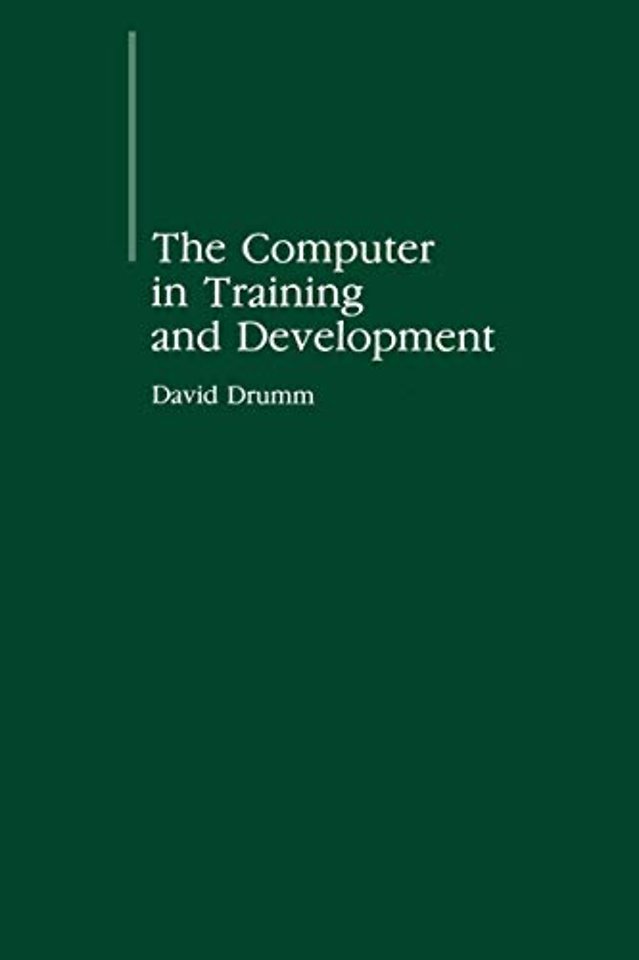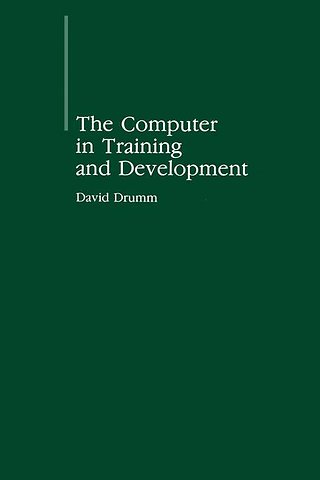The Computer in Training and Development
Paperback Engels 1985 1985e druk 9789027719812Samenvatting
Seldom if ever in recent history has a single technological advance made such sweeping changes in our lives as has the advancement of the digital computer. As you probably are aware, the computer itself is not a brand-new device. What is new (and growing every day) is the percentage of the population that is using computers in business and personal environments. The personal computer's popularity is growing by leaps and bounds primarily because of its availability in a small and relatively inexpensive package (several hundred dollars), placing it well within the reach of many families and small businesses. Software to perform financial analysis, solve inventory prob lems, or just have fun with is readily available and reasonably priced, thereby absolving inexperienced users from the burdens of programming and the technical complexities associated with it. The typical user in this scenario derives much of the benefit and experiences few of the disadvantages. Yet, as expected, the solving of a problem often creates problems, as will be discussed. Training and development personnel, like most other profes sionals, have not been immune to the onslaught of personal and business computers. Computer-aided and computer-managed instructional techniques (Le., CAl and CMI) are common phrases today in the realm of training and development.
Specificaties
Lezersrecensies
Inhoudsopgave
Rubrieken
- advisering
- algemeen management
- coaching en trainen
- communicatie en media
- economie
- financieel management
- inkoop en logistiek
- internet en social media
- it-management / ict
- juridisch
- leiderschap
- marketing
- mens en maatschappij
- non-profit
- ondernemen
- organisatiekunde
- personal finance
- personeelsmanagement
- persoonlijke effectiviteit
- projectmanagement
- psychologie
- reclame en verkoop
- strategisch management
- verandermanagement
- werk en loopbaan

